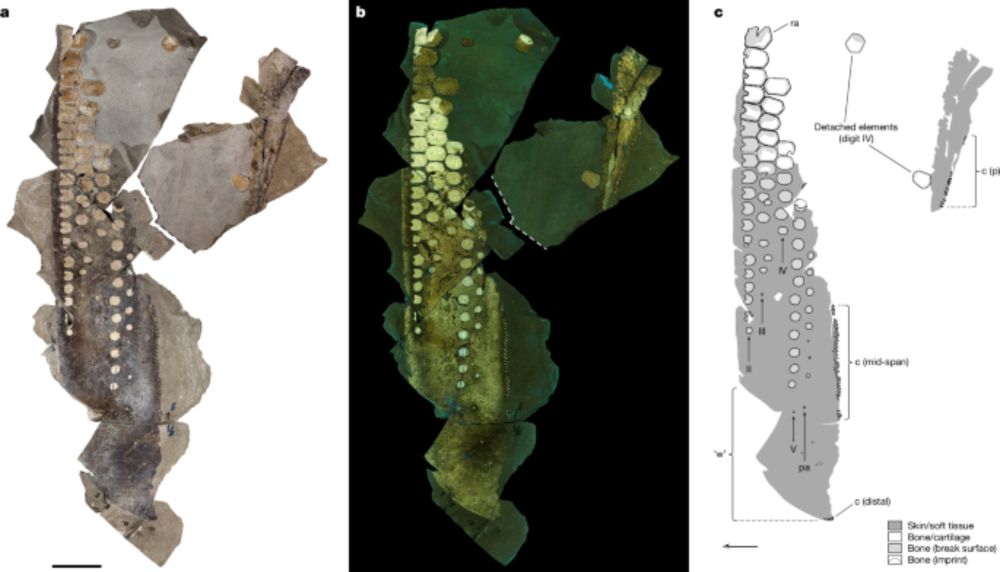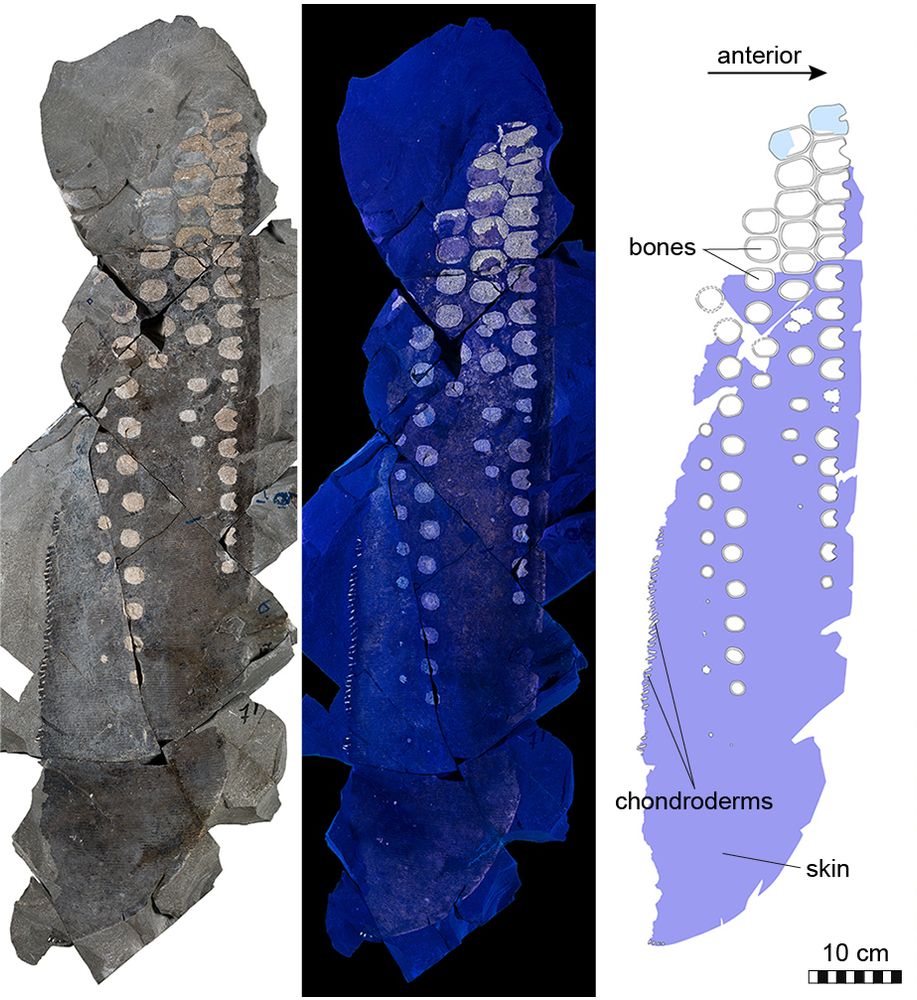
https://www.sachspal.de

#ichthyosaur #fossil #nature
#ichthyosaur #fossil #nature
2/2
2/2
7/7

7/7




#paleontology #biology #germany

#paleontology #biology #germany
4/4
4/4

